Binaca, the Iconic Toothpaste That Lives On Through India’s Most Loved Radio Show
Aired for over 40 years, Binaca Geetmala with the golden voice of Ameen Sayani reigned over the hearts of millions of listeners.

This article is part of our series, the ‘Great Indian Manufacturing’, in which we will reveal the historic success stories behind pioneering swadeshi items and brands that generations of Indians have loved through decades.
Years before the television set had people glued to it with Doordarshan’s iconic shows like Ramayana, Mahabharata, Buniyad, Humlog and Mungeri Lal Ke Haseen Sapne—one medium ruled the roost.
The radio.
In most middle-class homes, where a TV set was a distant dream, the radio took centre stage. And while the history of this wonderful medium that connected the masses is not something people usually Google about, it is incomplete without the mention of one particular radio programme.
One that aired for over 40 years, reigning over the hearts of millions of listeners. Not just in India, but also beyond borders–in South Asia, parts of the Middle East, East Asia, and Europe.
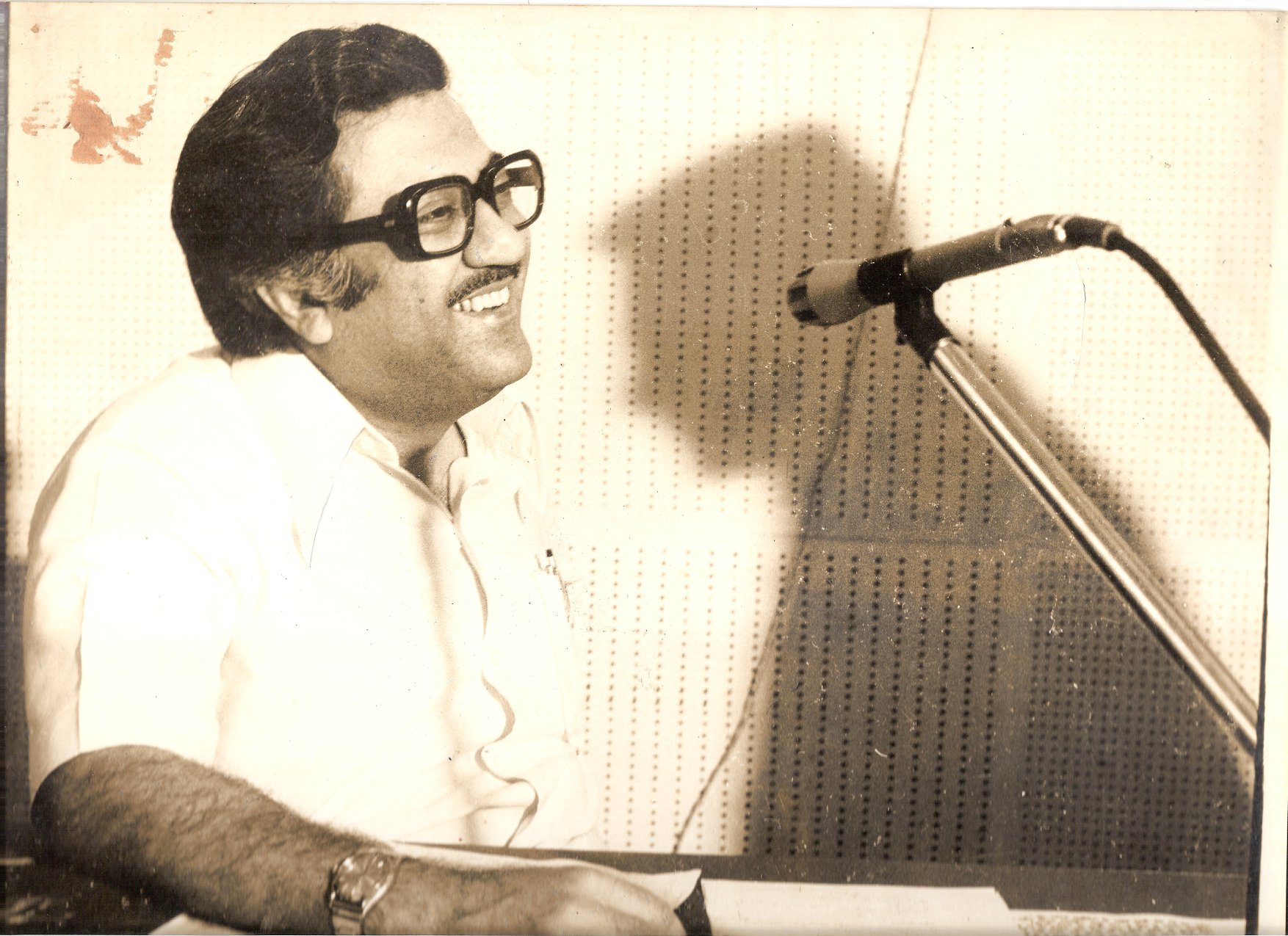
Once a week, on Wednesdays, as the family neared supper time, a member, (often the youngest enthu-cutlet) would tune into Radio Ceylon at 8 PM. When tuned just in time, they would hear the closing lines of the Binaca toothpaste jingle, also the sponsor of the much-awaited programme to follow.
And then, a voice would resound through the radio set. A mix of baritone and warmth that broke away from the monotony of the All-India Radio (AIR) announcers, this living legend’s voice brought life to every household.
“Ji haan bhaiyon aur beheno. Main aapka dost Ameen Sayani bol raha hoon aur aap sun rahe hai Binaca Geetmala.”

Similar Story
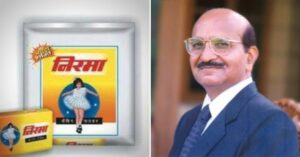
‘Sabki Pasand’ Nirma: Born In a Gujarati Chemist’s Backyard, Now a Rs 2500 Cr Empire
From the backyard of a young Gujarati chemist to every middle-class household in India, Nirma captured India’s attention in the 1980s. And its all thanks to Karsanbhai Patel.
Read more >
A 30-minute programme, Binaca Geetmala was broadcast on Radio Ceylon from 1952–1989, and then on AIR’s Vividh Bharati network from 1989–1994.
Ameen Sayani, who is now 86, narrated the history of its inception on its silver jubilee.
The man behind the golden voice
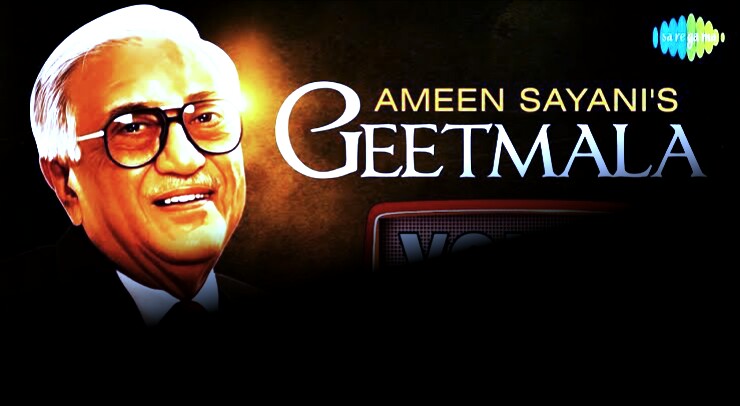
Born to a devoted doctor who treated underprivileged patients free of charge and bought them medicines, and a mother who ran the periodical Rahber to propagate Gandhi’s vision, Ameen forayed into this earliest form of radio jockeying in the 1950s.
As a degree student of erstwhile Bombay’s St Xavier’s College, he applied for the role of a Hindi broadcaster on AIR. And as hard as it is for most of his fans to believe, he was rejected.
“Your ability to read from scripts is good but Mr Sayani, your pronunciation is defective with too much Gujarati and English influence in your pronunciation,’ was how he had been turned down, recalled Ameen in an interview with the Times of India.
Shattered, he turned to his guide and guru-his older brother, Hamid Sayani.

Similar Story
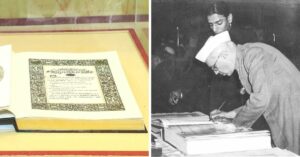
Unsung Pune Factory Behind the Handmade Paper on Which India’s Constitution Was Written
Set up in 1940, the Pune Handmade Paper Institute (HMPI) has pioneered to create eco-friendly handmade paper using cotton rags that last up to 100 years
Read more >
Hamid, a producer for Radio Ceylon, told him to listen to the station’s Hindi programmes during the recording.
Coincidentally, these recordings took place at a studio in the technical institute of St Xavier’s itself. Needless to say, the young Ameen would trade classes to learn and emulate the art of broadcasting.
Also Read: #IconsOfIndia: An Unforgettable Typewriter That Became A Symbol of Modern India
This was also the time when sponsored radio shows made their debut on the medium.
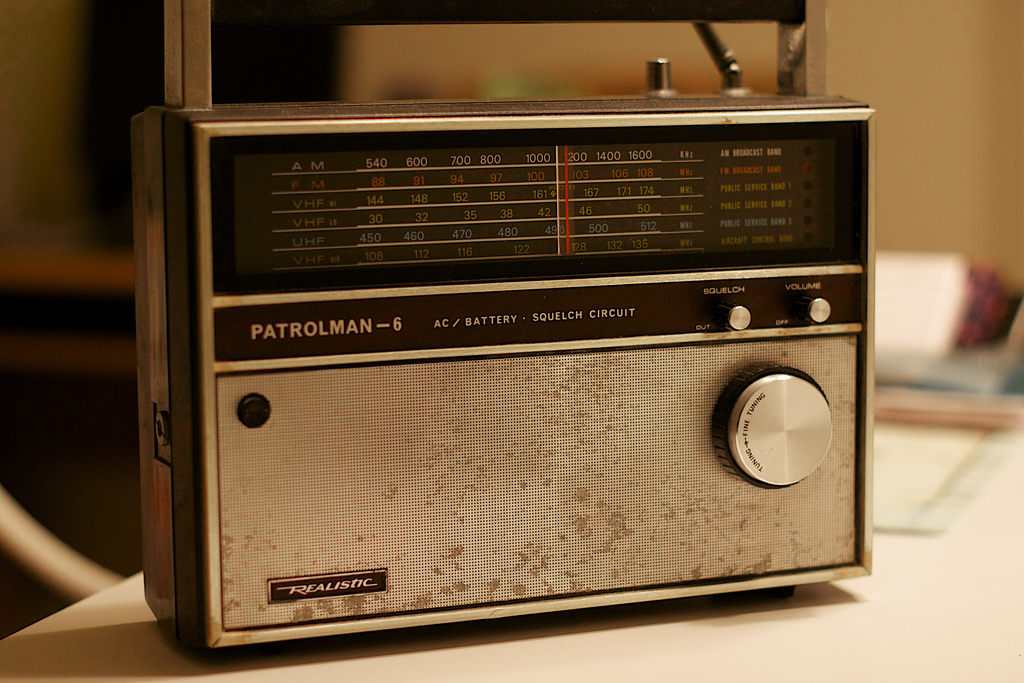
Ameen was first noticed by Radio Ceylon’s Balgovind Shrivastav, the producer of the show-Ovaltine Phulwari. Unhappy with the voice for the Ovaltine advertisement, Shrivastav once got on to the stage and asked if anyone from the studio audience wanted to try reading out the script. Ameen volunteered. When the youngster read the words aloud, Shrivastav shut his ears to block his sound.
“This is not war,” he was chastised.
A second try impressed him. And thus began the young Ameen’s journey. He read advertisements every week. Was he paid? Well, if a small tin of Ovaltine could be considered a payment, then sure. What really marked his breakthrough into commercial radio was the absence of Indian film music on AIR. This vacuum was filled in 1951 by Radio Ceylon.
Using the concept of its already existing show-the Binaca Hit Parade which did a countdown of western songs, the brand decided to do a Hindi version for the masses.
The sponsors started looking for a less experienced individual who would have to write the scripts, present and produce the show. Additionally, he/she would have to read letters by the listeners, tabulate the requests and analyze the popularity of each song, based on the feedback from the listeners. It was a lot of work and the salary was a meagre Rs. 25 a week.
It wasn’t much but certainly more than Ameen’s prior payment of a small tin of Ovaltine.
He took a giant leap of faith. And then there was no looking back.

Similar Story
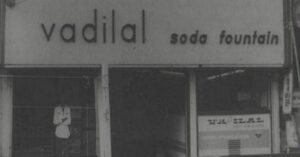
Vadilal Gandhi: From Selling Fountain Soda to a Rs 650 Crore Ice Cream Empire
Vadilal, an ice cream company started by Vadilal Gandhi in 1907 Gujarat, is now run by the fifth generation and continues to have a stronghold in India and 45 other countries.
Read more >
The first show raked in 200 letters. But into the second week, the number spiked to 9,000 letters and later 60,000 a week. In the year 2000, it also won the Advertising Club’s Golden Abby Award for being the most outstanding Radio Campaign of the Century.
The show
Binaca Geetmala played seven contemporary songs in no particular order. But soon enough, it started ranking them based on popularity and feedback by the janta. The number of listeners shot up to 20,00,000 from the once 9,00,000. Over the years, the name of the show kept changing from—Binaca Geetmala to Cibaca Geetmala and later Colgate-Cibaca Geetmala—due to brand takeovers and change of sponsors.
But one thing remained constant. Ameen Sayani’s voice. For the lakhs of listeners, Ameen wasn’t just a radio jockey, he was a friend and confidant who played out their favourites, read song dedications, their heart-warming stories and letters. He also entertained the listeners with music trivia. Bets were placed on which song would top the week’s chart.
Every rank was referred to as a ‘paidan’ by Ameen—a staircase that led to the top of the Binaca Geetmala peak. Songs could either step up from one paidan to the other or climb down after losing its rank to newer competitors.
When he would announce, “Binaca Geetmala ke paidan ki choti par hai,” the suspense was built with the sound of a bugle. To be number one on the Binaca list was a sign of pride for music producers and directors.
The show’s popularity made Radio Ceylon extend its running time to 60 minutes from half an hour. And such was the media and public attention that it often caused crowds to gather in parks and traffic jams if someone played their radio loud.
“It was impossible to miss this weekly program on the radio during childhood. Even when outside my home, I could still hear the programme in remarkable continuity while walking, my only concern was to reach home before the top song was played. No other radio or TV programme in the world could have stayed popular for such a long time (four decades!) and in so many countries (India, Pakistan, Afghanistan, Sri Lanka, and so many other Asian countries). The magic was in the Indian music, deeply meaningful, heart-touching simple lyrics, fabulous presentation of Amin Sayani and melodious heavenly nostalgic voices of several artists,” writes a fan of the show on YouTube.
You May Also Like: #IconsOfIndia: Murphy Radio & the Baby That Got All of India Glued to News!
What about Binaca the brand that sponsored the show, you may ask. Here’s some trivia about what made the brand so iconic.

Binaca, the oral hygiene brand was launched in 1951 by FMCG brand Reckitt Benckiser. Before brands like Pepsodent or Colgate became a household name, in the 1970s, Binaca was one of the country’s favourite toothpaste.
What made the product memorable? Well, apart from the jingle and the radio show, the free toys and waterproof stickers that the brand gave out with the toothpaste and toothbrush packs made it a much-loved product among children. Another marketing strategy was the free water picture sticker at a time when stickers or self-adhesive tapes had still not entered the market.
If you found our stories insightful, informative, or even just enjoyable, we invite you to consider making a voluntary payment to support the work we do at The Better India. Your contribution helps us continue producing quality content that educates, inspires, and drives positive change.
Choose one of the payment options below for your contribution-
By paying for the stories you value, you directly contribute to sustaining our efforts focused on making a difference in the world. Together, let’s ensure that impactful stories continue to be told and shared, enriching lives and communities alike.
Thank you for your support. Here are some frequently asked questions you might find helpful to know why you are contributing?


One of the brands most remembered print advertisement featured brave-heart Neerja Bhanot.
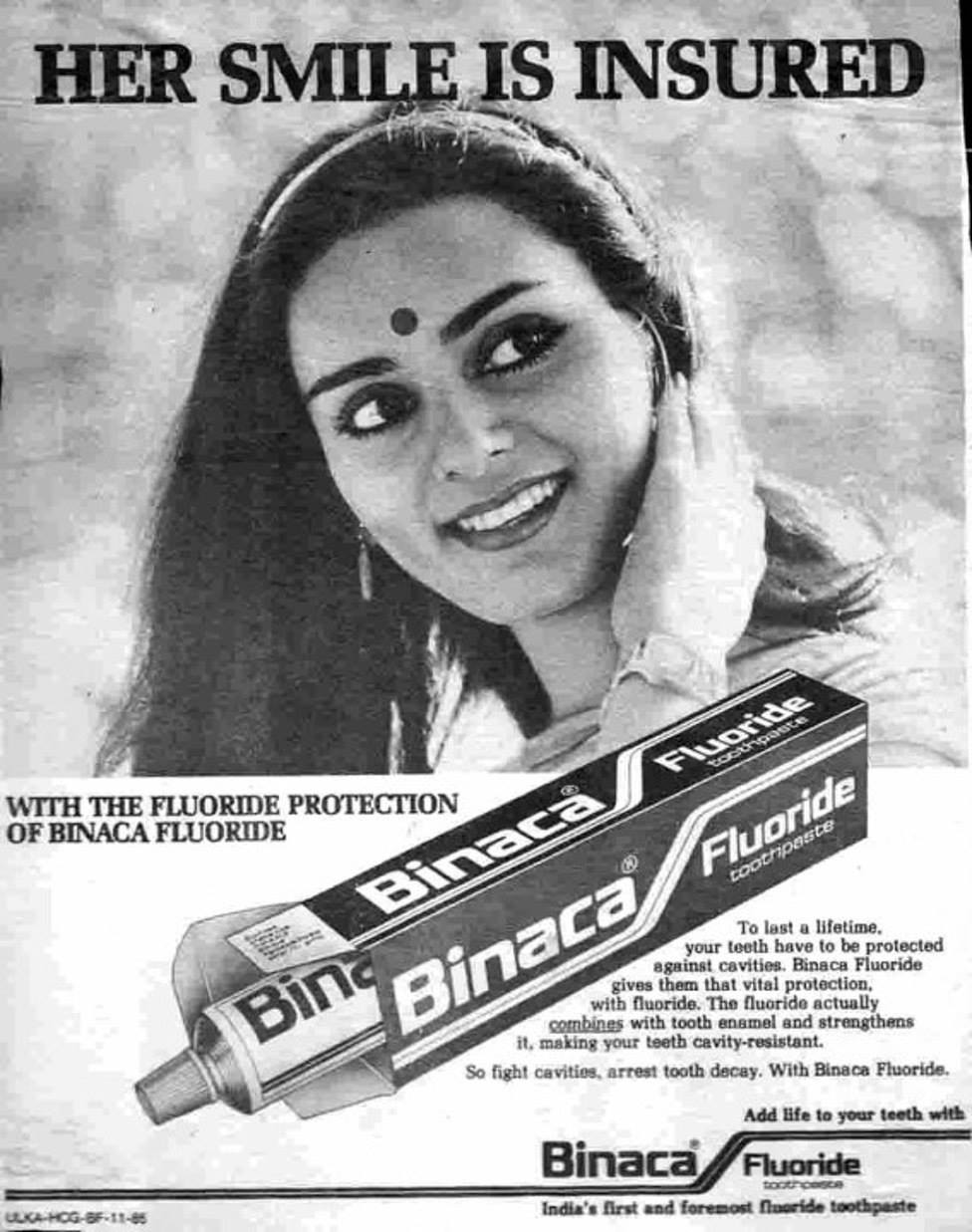
And while the brand couldn’t survive competition in the dental hygiene space and was bought by the Indian FMCG company Dabur in 1996 for ₹12 million, it continued to live on in the memories of thousands through the melodies of Geetmala.
(Edited by Saiqua Sultan)
Like this story? Or have something to share?
Write to us: [email protected]
Connect with us on Facebook and Twitter.
This story made me
-
97
-
121
-
89
-
167










